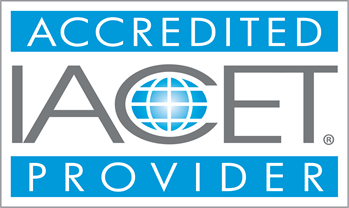Free Course
Toxic and Hazardous Substances
The purpose of this course is to offer education on chemical safety concepts for undergraduate students. The course is organized around the chemical safety concept - Recognize hazards, Assess the risks from the hazards, Minimize and manage the risks, and Prepare for the unexpected and emergencies. The intended outcomes of this course are to encourage students to adopt a risk-based safety culture and to improve chemical safety awareness.
Course Modules - (15)
Learning Outcomes:
- Recognize workplace chemical hazards and the risks associated with their use.
- List conditions that may present an exposure risk, possible routes of exposure, and the factors that influence an individualrs reaction to a chemical exposure incident.
- Demonstrate safety precautions that should be taken by workers and employers to minimize exposure to chemicals.
- Demonstrate safe storage, transport, and disposal practices for hazardous chemicals.
- Describe appropriate response actions in the event of a chemical incident.
Completion Requirements:
- 100% appearance for the course
- Fully involvement in all class trainings (determined by instructor)
- Completion of Continuing Education and Training Registration Form
- Completion of mandatory quiz assessments
- As applicable, attainment of least passing score on required end-of-course examination
- Participation and submittal of end-of-course assessment form (must provide name on form to obtain credit)


